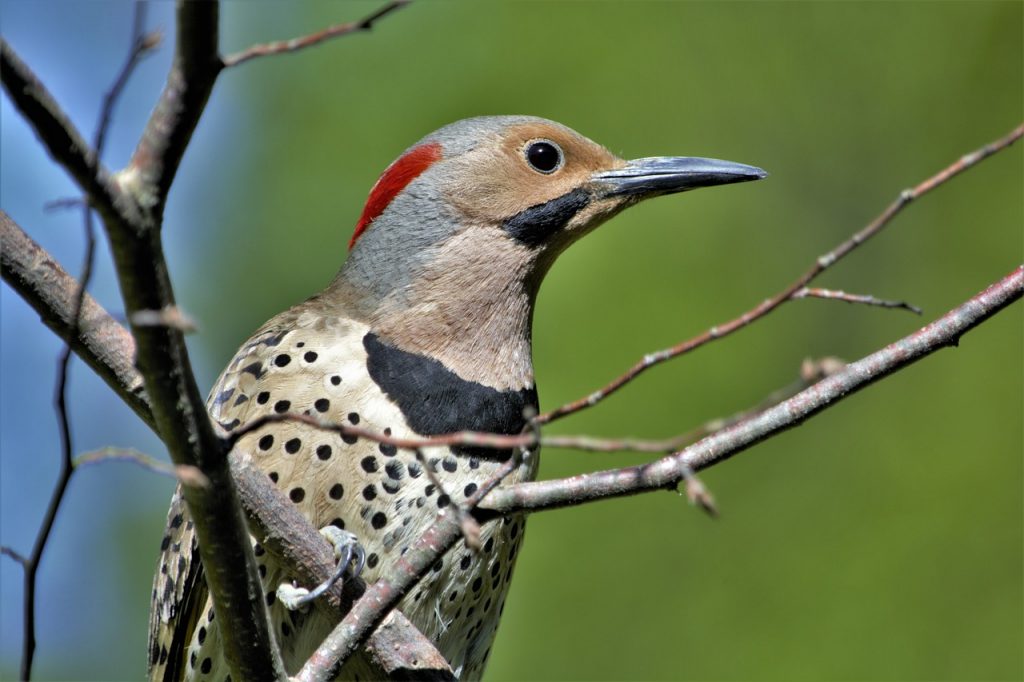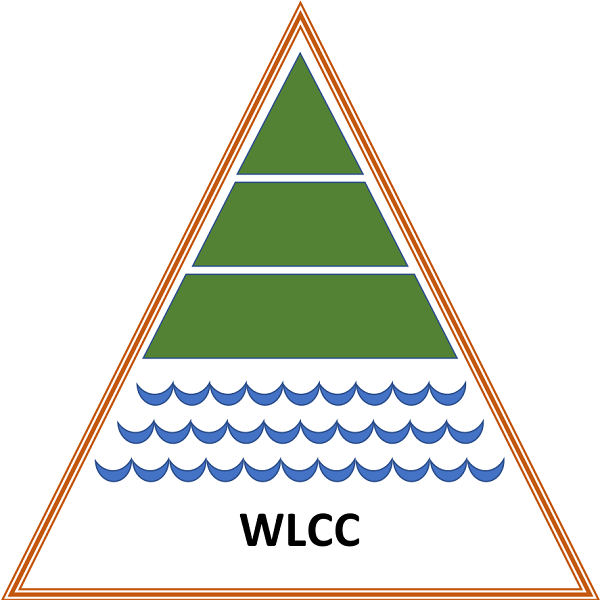
This document is a 2012 report by Fulton Lavender of birds in the Williams Lake area. Forty-one species, including loons were confirmed to breed in the area, another 8 are likely; the observations suggest a busy migrating corridor. He notes “It is most noteworthy that the historical existence of the Whipporwill, Chuckwill’s Widow and Nighthawk signifies a unique occurrence. These goatsuckers or Caprimulgidae signify a very special area as there is no other in Eastern Canada.”
Since the study was distributed in the fall of 2012, additional species have been identified (2014). They are as follows:
- Pine Warbler (singing)
- Northern Cardinal (singing)
- Brown Thrasher (habitat)
- Chuck-wills-widow (singing)
- Great Blue Heron (habitat)
- Belted Kingfisher (attending young)
- Tree swallow (habitat)
- Merlin (fledged young)
- Green-winged Teal (fledged young-small duck)
- Common Merganzer (habitat)
After Fulton Lavender provided the above additions to the species found in the Williams Lake/Purcell’s Cove Backlands he explained that last year was very difficult for the birds as there was a shortage of insects. He attributed this to the rain coming at the wrong time. However, he emphasized that the area is heating up and hence it becomes more delicate with each passing year. Currently this area is a very special one for birds as it is a perfect combination of wet and dry. It is essential that the status quo remain.
The presence of the Chuck-wills-widow is very significant as it is a goatsucker and very uncommon in this area. The nighthawk is also a goat sucker and its numbers were observed to be down compared to last year. The third important goatsucker is the Whip-poor-will. This species has not been heard in the past few years but it is felt that it may return as the area remains condusive and the other two goatsuckers were both present last year. I refer you to the concluding paragraphs of the first study for a discussion on the rarity of goatsuckers in eastern Canada. As well, if one reviews the sites following a google search of nightjarsurveynetwork the rarity and alarming decrease in these species are both significant.
The importance of the Williams Lake Backlands for the breeding, provision of habitat and the migratory birds cannot be underestimated and special attention must be paid to the area. As was noted by Fulton Lavender: “this is the point where south meets north in the bird world.”
You can download the PDF of this document here.
Williams-Lake-Birding-Study